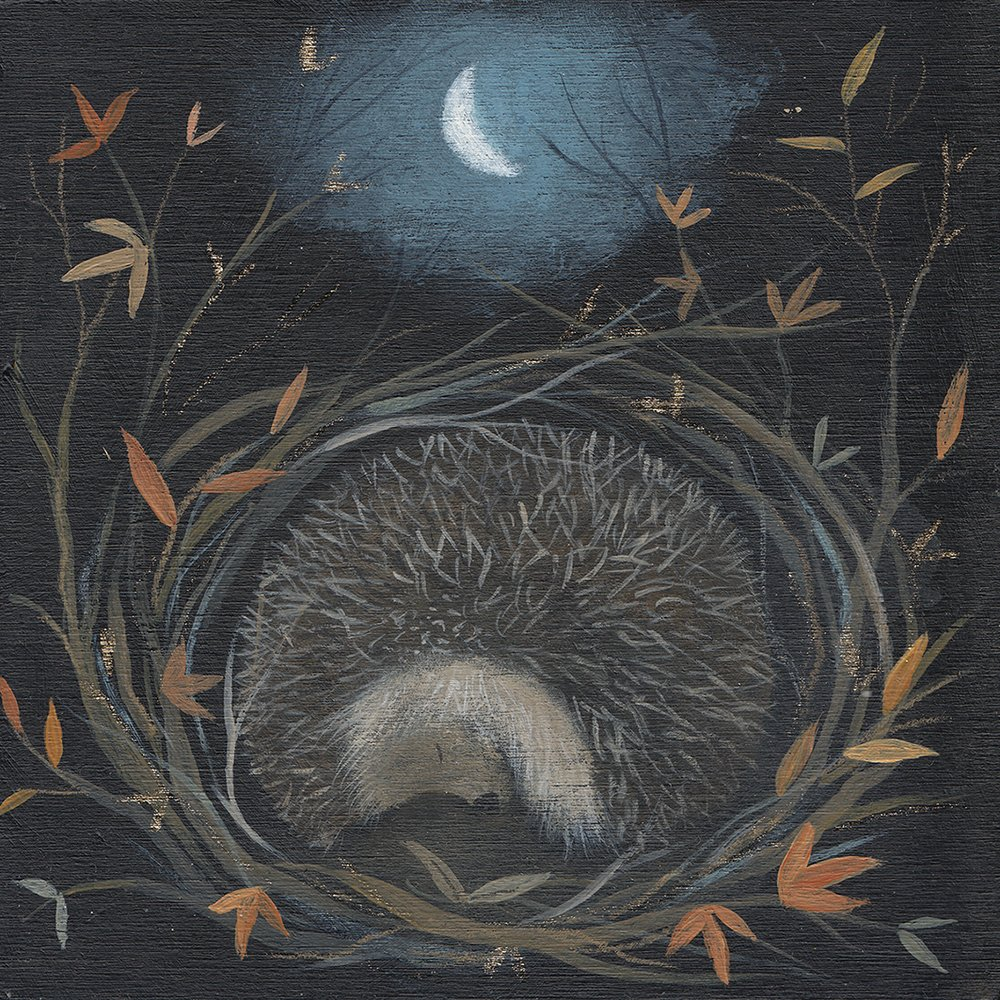Help England’s Dragonflies and Damselflies
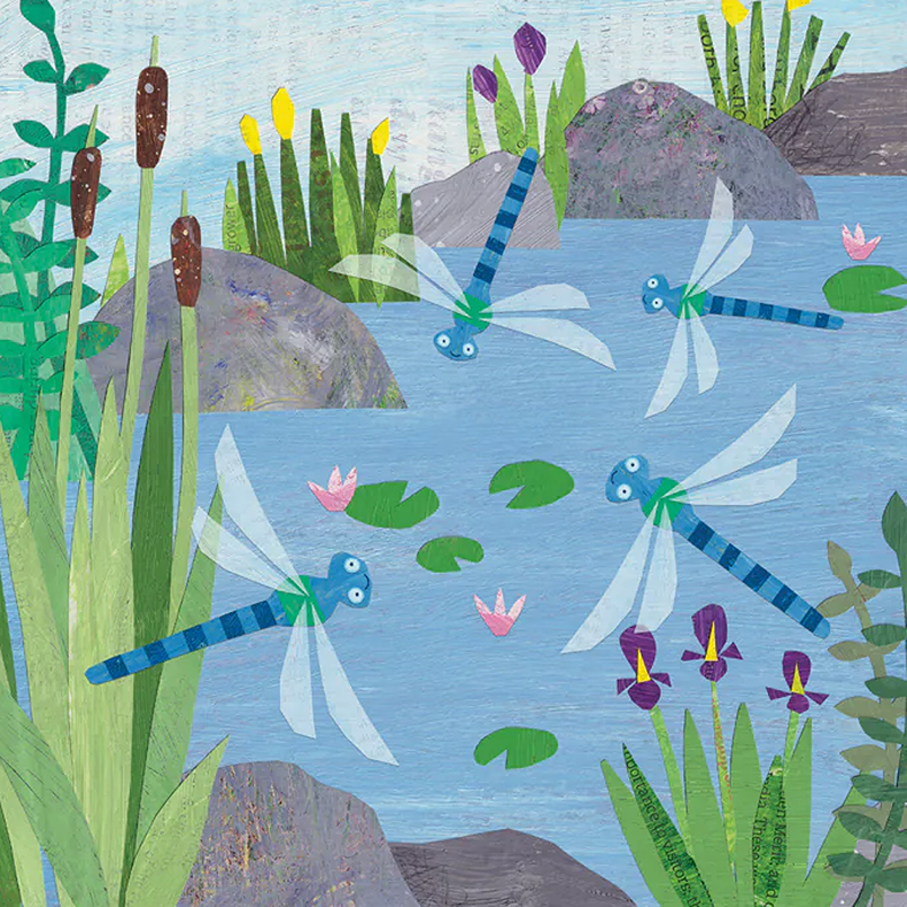
Dragonflies and damselflies are amazing insects that can be found hovering over garden and wild ponds. They can fly enormous distances, spin on their own axis and fly backwards!
These beautiful winged insects can be found in many colours, and won’t harm or sting you. But lots of their habitats have disappeared in the last 400 years, meaning they need our help.
Difference Between Dragonflies & Damselflies?
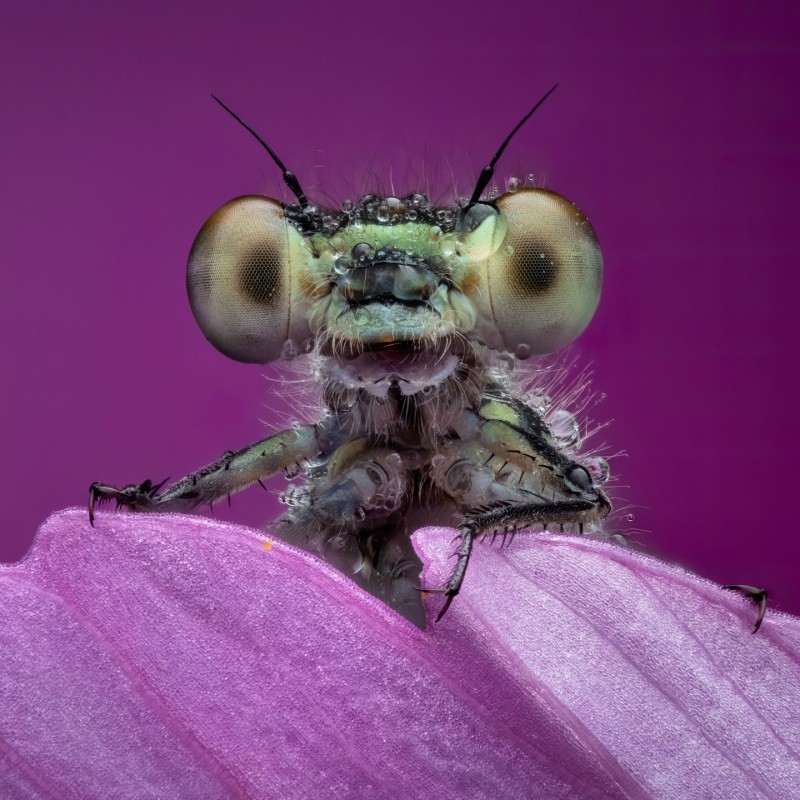
Dragonflies and damselflies belong to the order Odonata (‘toothed jaw’). Then we have sub-orders. Dragonflies belong to Anisopterra (‘unequal-winged’) and damselflies to Zygoptera (‘equal-winged).
Larger dragonflies have large eyes, and are strong fliers that rest their wings at right angles to their bodies.
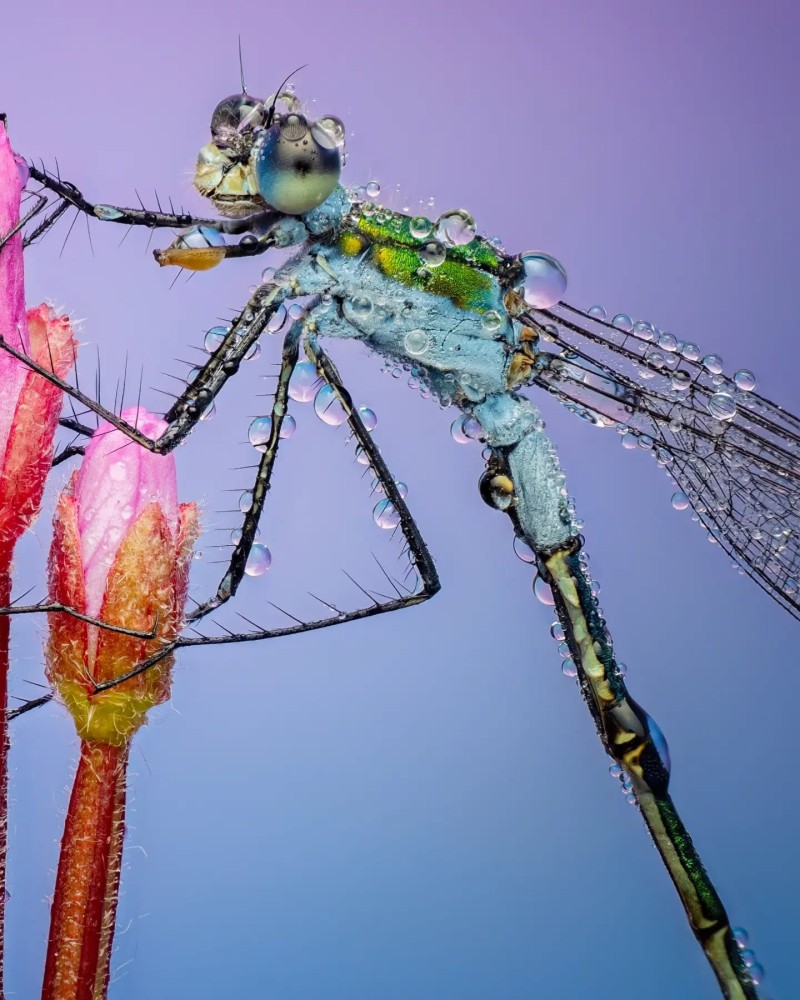
Smaller damselflies have slower flight, and rest their wings close to their (slender) tummies!
Preserve Our Wetlands
The best way to help dragonflies and damselflies is to preserve remaining wetlands (their natural homes).
In 1637, East Anglia had 3,380 square kilometres of wetland. In 1986 there was just 10 square kilometres left.
Don’t Buy Peat Compost
Peat compost (still legal to sell) nearly always harvested from land that used to be habitat for dragonflies and damselflies. Removing it (also done by the hunting industry) removes uneven land, that soaks up rain (and helps prevent floods).
If you garden alongside animals, read our post on pet-friendly gardens. Avoid fresh compost near pets (some composts like cocoa, pine or rubber are unsafe).
Build Wildlife-Friendly Ponds
Beyond wetlands, garden ponds are a good way to provide natural habitats for dragonflies, damselflies and many other creatures. Read our post on creating wildlife-friendly ponds.
Ensure ponds have sloping sides (and never use netting anywhere in gardens, as it can trap birds & other creatures).
Volunteer with British Dragonfly Society
British Dragonfly Society is run by volunteers working to preserve these amazing creatures. You can get involved with recording sightings, habitat management and helping out at ‘dragonfly hotspots’. Members receive a lovely magazine.
Keep Pesticides and Fertilisers Out of Water
Chemicals from gardens and farms can wash into streams and ponds, harming dragonfly larvae (known as nymphs). Manage weeds by hand, instead.
If you garden, steer clear of weedkillers or sprays near any water. You can also support wildlife-friendly gardening by talking with neighbours, or getting your allotment group to try chemical-free methods.
Leave Wild Corners in Gardens and Parks
Most dragonflies spend their young life underwater, but adults also need places to rest and hunt. Long grass, wildflowers and even a pile of logs can give these insects shelter and spots to bask in the sun.
Mowing less often, leaving some weeds or letting brambles grow in a small patch make a difference. Parks and schools can join in, too. Wild corners are easy to set up and quickly attract all sorts of wild creatures.
Avoid Introducing Non-Native Plants and Animals
Garden ponds or waterways with foreign plants or animals can upset the natural balance. Some water plants, like floating pennywort or New Zealand pygmyweed, spread quickly and choke out habitats.
Release of non-native fish or snails (often from aquariums) also causes harm. Only use native plants in ponds, and never release pets or unwanted plants into the wild. If you find invasive plants, report them to local wildlife groups for advice on removal.
Found A Trapped or Injured Dragonfly?
In most cases, just leave alone. Dragonflies and damselflies are very delicate creatures that don’t live long anyway. Most can survive with one wing. If they are weak or vulnerable, just let nature take its course (they will die or get eaten by birds etc).
If you find a dragonfly or damselfly trapped inside, just open doors and windows, to let it fly out. If need be, shoo gently with a newspaper. As a last resort, British Dragonfly Society says to gently grasp the base of the wings firmly between your fingers, to quickly release outside.
Likewise, just leave dragonflies and damselflies resting on walls. Like butterflies, they are likely absorbing sun to get energy to fly, or digesting their food. They will never hurt you (their sting is painless, but won’t react unless disturbed).
Don’t worry if you see ‘coloured blobs’ on their wings, these are just water mites hitching a ride, and do no harm.
A Book on Dragonfly-Friendly Gardening
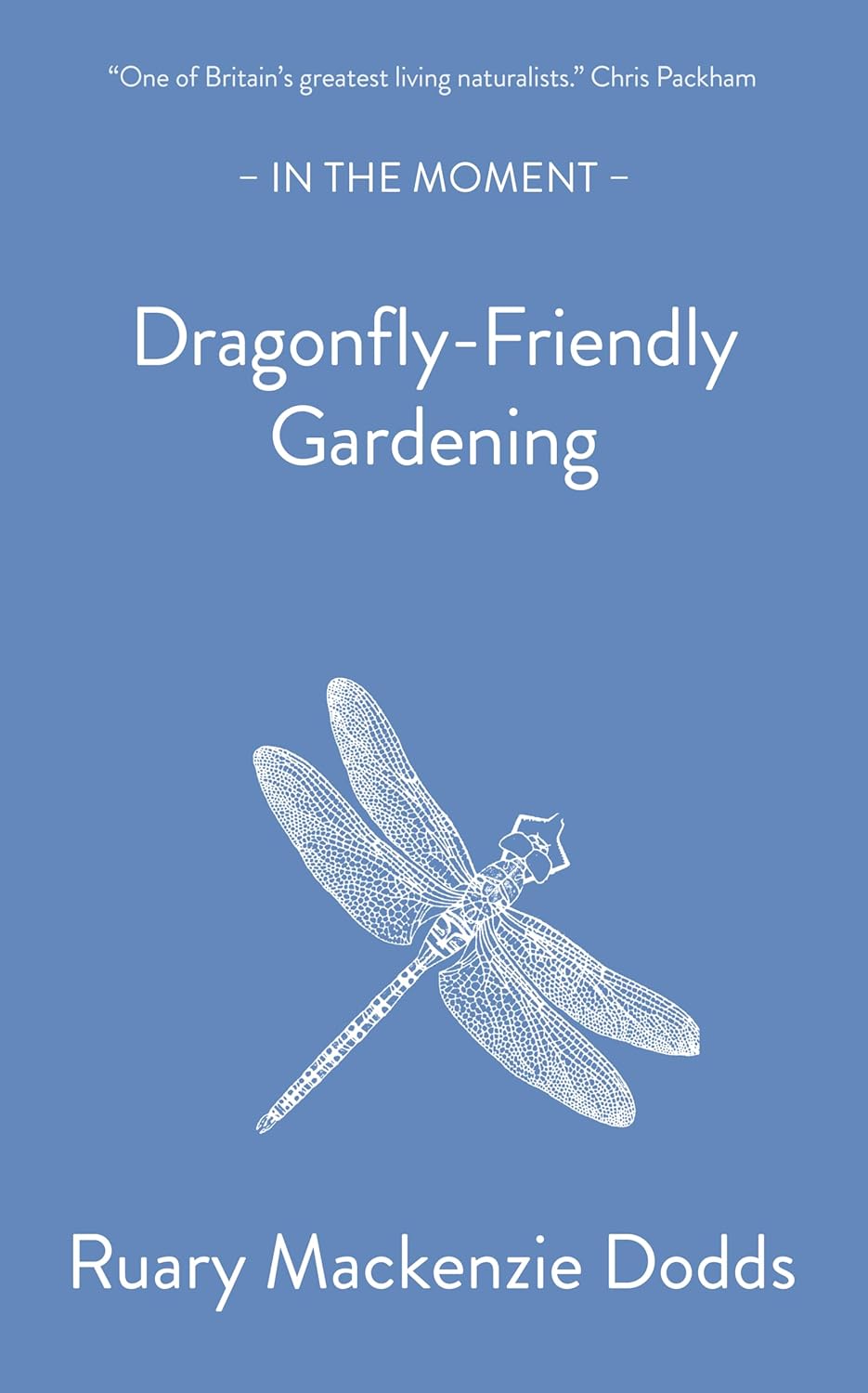
Dragonfly-Friendly Gardening is by one of England’s top dragonfly experts, who founded a dragonfly sanctuary. It features information on how these lovely creatures are vital to ecosystems. Also learn of stunning colours and phenomenal flying abilities.
If you garden alongside animal friends, learn how to create pet-friendly gardens.





